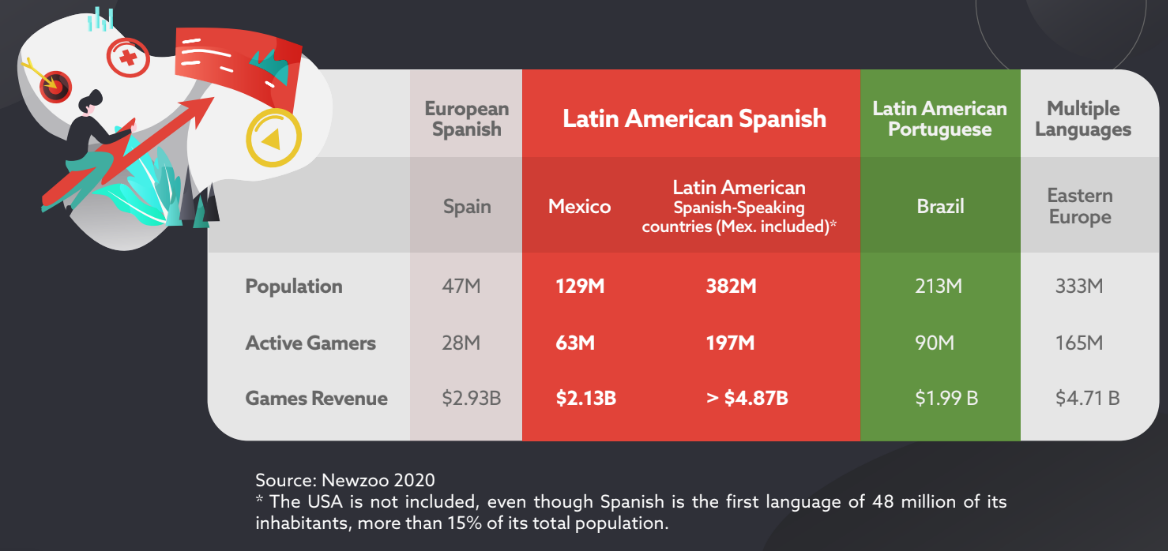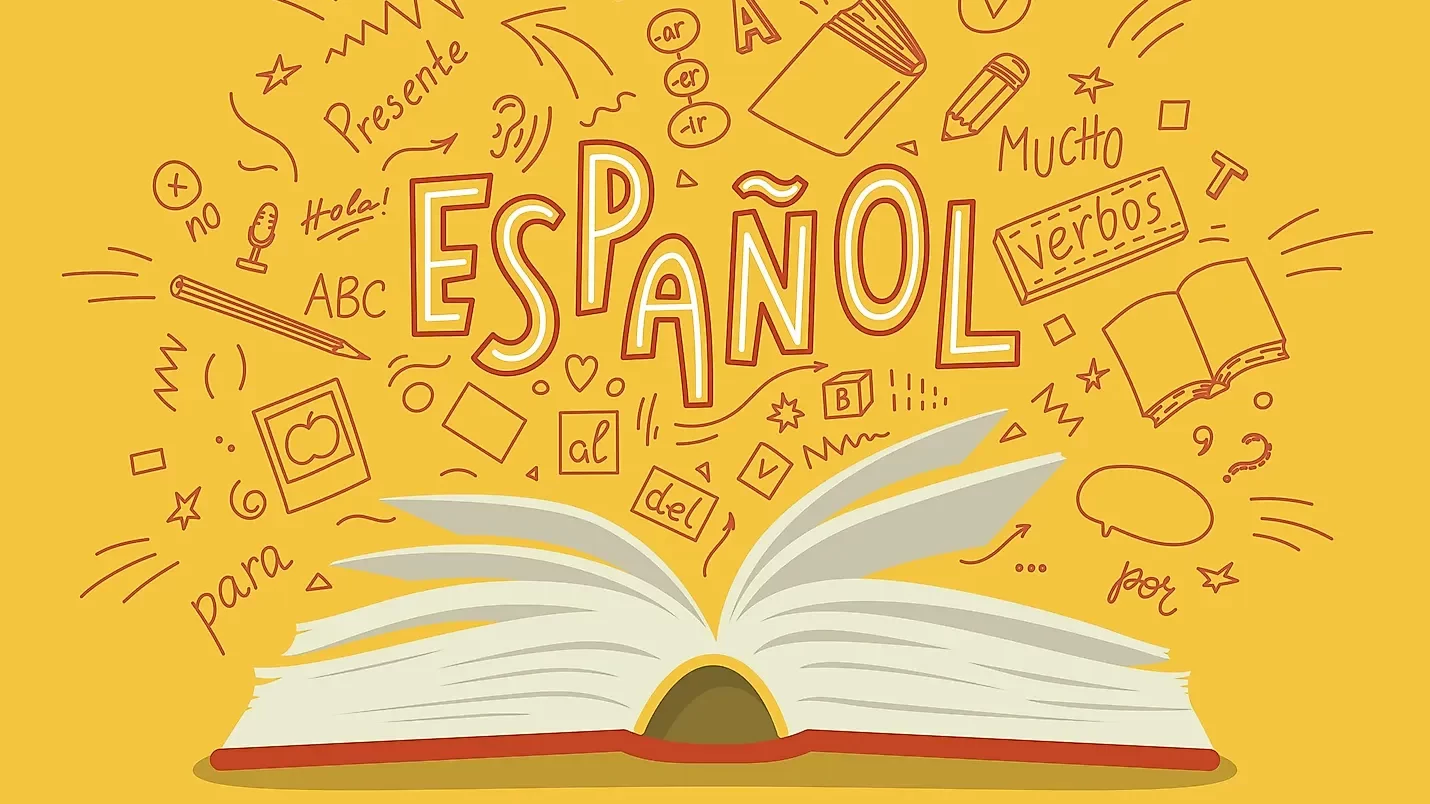Which Spanish variety is better for my content?
Your game or audiovisual product is almost ready for launch. And naturally, you are targeting Spanish, one of the most spoken languages in the world. This is when it might happen.
When companies are releasing content to Spanish-speaking audiences, they do not always know for sure which is the variety they need.
The decision-making process is easy if the content is marketed in a specific single country. But that may not be the case when digital distribution is how your content is going to meet its audience. And choosing a single variety to win them all might seem attractive, but engagement is utterly hurt. 😯
Spanish varieties to consider
For the sake of clarity, it always helps to understand the different reach of Spanish varieties. Linguistics may consider dozens, but market-wise, there are three to consider.
- European Spanish (ES-ES), which you may have heard of as Castellano.

- Mexican Spanish (ES-MX), the national variety of the most populated Latin American country.

- And Latin American Spanish (ES-LA), a well-accepted neutral variety made collaboratively by linguists, translators, and communicators over the years. 🌎
European Spanish has traditionally been the standard for European Publishers. People in the language business in Europe have usually opted for FIGS when it comes to translation. This anagram stands for French, Italian, German, and Spanish. All are official European Union languages.
Same language, different reception
Companies in North America were the first to realize that the variety from Spain was weakly engaging with Latin Americans. That’s why so many US-based companies have been including the Latin American variety in their games for years now. Disney, Warner Bros, PlayStation & Xbox subsidiaries, Riot, EA, and Blizzard, are some among the many.
But just as Latin American audiences feel European Spanish off, the same happens the other way around. That’s why companies are compelled to include both varieties when distributing content globally.

Just recently, Forza Horizon 5 included Castilian Dubbing for narration and GPS due to fan request. The game transcurs in Mexico the original talents are Mexicans.
Latin American audiences feel Mexican Spanish is easier on the ears than the European variety. But this doesn’t mean that it will work perfectly for them. Localisms and accents break the spell. Audiences feel that content is not meant for them, but specifically for Mexicans.
This immersion obstacle is clearer when audiences from Spain play content in a Latin American variety. Only recently, Forza Horizon 5, which is set in Mexico, needed to be dubbed into Castilian. The game worked perfectly for Latin American audiences. Mexican talents for the local NPCs, Neutral accent for those characters visiting Mexico.
On the contrary, if a game setting is in a fantasy world or a foreign alien culture, a Mexican or Latin American accent might not work.
Countries, languages, and markets intertwined
And then there’s another aspect that may lead to confusion.
To help visually differentiate language varieties, Media Content sometimes relies upon national flags. And though this solution works perfectly in some cases, in others it doesn’t. Especially when targeting a language market of more than 20 countries such as Spanish.
- When differentiating European and American variations of Portuguese, flags work perfectly. The only Portuguese-speaking country in the Americas is Brazil. 👍


- However, when it comes to Spanish-speaking audiences in Latin America, there are over 20 countries instead of one. 😕
















To solve this the easy way, UX designers usually opt for presenting the Mexican flag in opposition to the Spanish one. This makes some sense because it is the most populated country in Latin America. But it also misleads into believing that Latin American and Mexican Spanish are the same things, which they are not.
Identifying your audiences and making the right choices
Latin America is a massive region, with 425 million Spanish speakers. Losing sight of its potential is a risk that may prevent you from a convenient backdoor entrance to mature markets such as the USA, where 1/6 of its population’s primary language is Spanish.

When the budget allows it, the smartest way to go is to include Latin American and European Spanish as if they were two different languages in your localization strategy. In most cases, as a cost-effective choice, companies translate to neutral first and adapt to Castilian afterward. Adaptation works both ways and is much cheaper than translation. In all cases, it will allow your content to reach millions of people, both in Europe and in the Americas.












